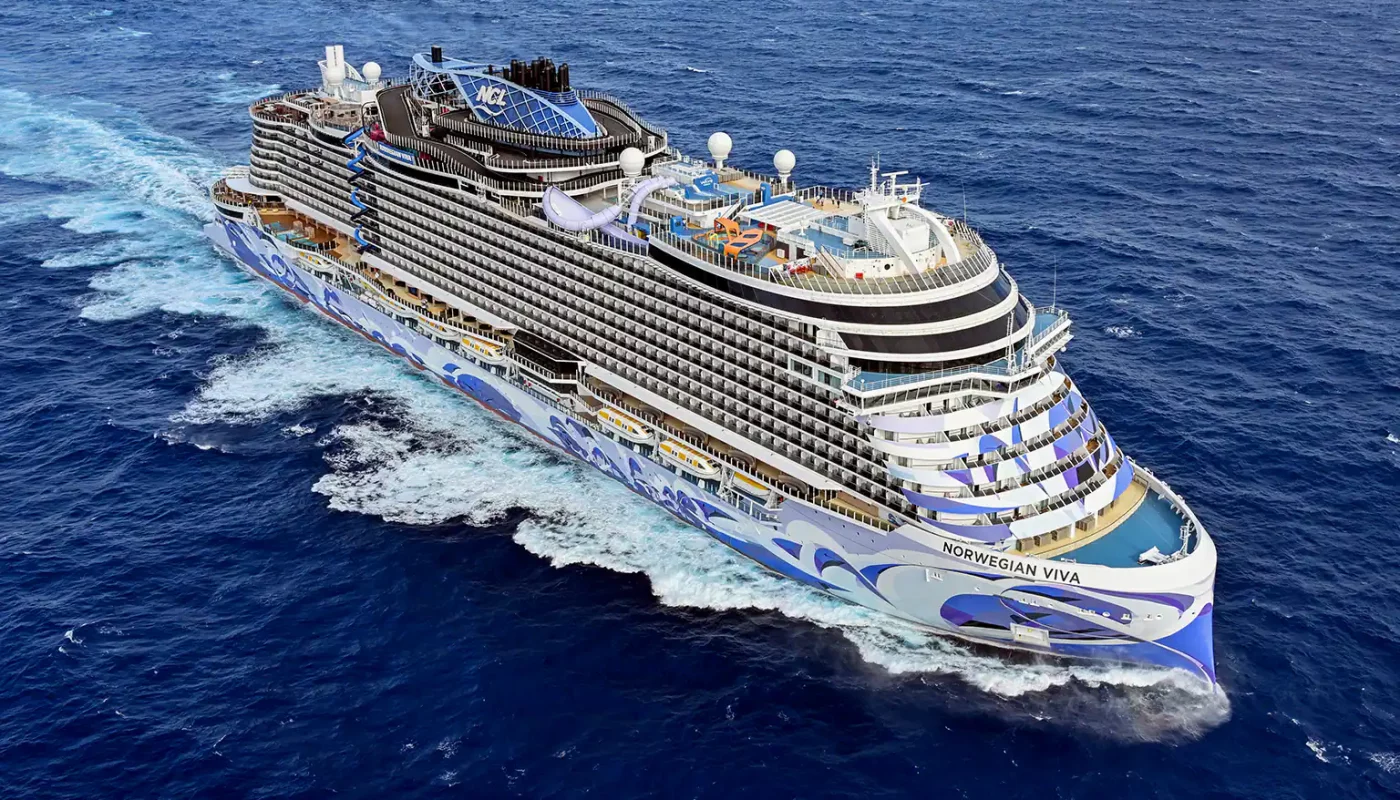Cruise travel insurance offers crucial financial protection for unexpected events that occur while sailing. It covers emergencies like trip cancellations, medical issues on board, and lost belongings at sea. Moreover, cruise travel insurance is tailored for the unique risks of long voyages, including delays at port, onboard accidents, and itinerary changes due to weather or mechanical failures. Therefore, understanding every aspect of your policy is essential before you set sail.
Additionally, many policies hide extra fees and limitations in the fine print that can reduce the overall value of your coverage. Consequently, you must read all the details carefully, use reliable comparison tools, and ask clear questions to the insurer. In summary, being well-informed about cruise travel insurance can save you from unexpected financial burdens and help you enjoy your voyage with confidence.
Understanding Cruise Travel Insurance and Its Importance

Cruise travel insurance is designed specifically for voyages at sea, where unique risks require tailored coverage. It typically protects you against trip cancellations, medical emergencies, lost or stolen luggage, and unexpected delays. Furthermore, cruise policies often include coverage for specific onboard incidents such as cabin theft, accidents during excursions, and itinerary modifications caused by severe weather or ship mechanical problems. Additionally, many cruise travel policies provide emergency medical evacuation if onboard facilities cannot handle a serious illness or injury. Because cruises involve long durations at sea and may include stops at multiple ports, the risks differ from standard travel insurance. Therefore, the importance of having comprehensive insurance increases significantly. Also, by obtaining proper coverage, you safeguard your non-refundable deposits and investments in your vacation. In essence, understanding how cruise travel insurance works is crucial to protecting your travel budget and ensuring that you receive adequate support when unforeseen events occur.
The Specific Features and Hidden Fees in Cruise Travel Insurance
Cruise travel insurance includes many features that cater to the specific needs of cruisers. It covers trip cancellation, medical emergencies, and loss of personal belongings in a maritime environment. In addition, many policies offer coverage for onshore delays and emergency evacuations from remote locations if onboard medical facilities are insufficient. However, despite these attractive features, many insurers include hidden fees that can reduce your claim payouts. For example, policies often come with high deductibles that require you to pay a set amount before coverage begins. Moreover, administrative fees may be applied to every claim, reducing the overall reimbursement you receive.
Furthermore, some policies limit the amount reimbursed for non-refundable trip costs, sometimes covering only a percentage of the expenses. Additionally, exclusions for pre-existing conditions and certain onboard activities, such as extreme sports, are frequently found in the fine print. As a result, the apparent value of the policy may be significantly lower than it seems. Therefore, it is imperative to examine these details closely and understand how the hidden fees interact with the overall coverage offered.
How to Identify Hidden Fees in Your Cruise Insurance Policy
Identifying hidden fees in your cruise insurance policy requires careful reading and analysis of the entire document. Begin by reviewing every section, especially those titled “Exclusions,” “Deductibles,” “Limitations,” and “Fees.” When you encounter terms like “up to,” “subject to,” or “at the discretion of the insurer,” understand that these indicate potential limitations. Moreover, examine whether the policy allows for unilateral changes, which could mean the insurer can modify terms without notifying you.
Also, check if there are any administrative fees that apply to each claim or if there are additional charges per traveler. In addition, use online comparison tools such as SquareMouth or InsureMyTrip that show a detailed breakdown of fees and limits. Furthermore, reading reviews and consumer reports on platforms like Consumer Reports or travel forums provides insights into hidden costs encountered by others. Ultimately, combining these approaches enables you to identify all extra charges and understand the net cost of your cruise travel insurance.
Strategies to Avoid Hidden Fees in Cruise Travel Insurance
To avoid hidden fees, start by comparing multiple cruise insurance policies from reputable providers. Use online comparison tools that offer detailed breakdowns of deductibles, administrative fees, and exclusions. Then, request an itemized quote from each insurer to see the full cost beyond the base premium. Additionally, choose policies that advertise transparency and offer “all-inclusive” coverage, even if their upfront cost is slightly higher. Moreover, if you have pre-existing conditions or plan high-risk activities onboard, look for policies that provide appropriate waivers or optional riders.
In addition, purchase your cruise travel insurance as soon as you book your trip, since early purchases often offer better terms and lower deductibles. Furthermore, keep detailed records and receipts during your voyage to support any future claims. Finally, always ask clear, specific questions about any ambiguous terms or additional fees. By following these strategies, you can minimize hidden costs and secure the best possible coverage for your cruise.
The Impact of Hidden Fees on Your Cruise Budget and Overall Financial Protection
Hidden fees can substantially affect your overall travel budget by increasing out-of-pocket expenses during emergencies. Even if a cruise policy appears affordable at first, high deductibles and administrative fees can erode the reimbursement you receive. For instance, if your policy has a low base premium but a high deductible, you might have to pay a large sum before any benefits kick in. In addition, if the policy only covers a percentage of your non-refundable costs, your financial recovery may be limited. Furthermore, when traveling with family, per-person fees can quickly multiply, reducing your effective coverage.
Also, depreciation clauses for valuable items mean you might not receive full replacement costs if your belongings are damaged or lost. Consequently, hidden fees lower the net benefit of your insurance and can leave you with significant expenses. Therefore, it is crucial to calculate the effective cost of your policy, including all extra charges, and integrate these potential fees into your overall budget planning. This proactive approach ensures that you are truly protected in financial terms when emergencies occur.
The Role of Technology and Expert Opinions in Revealing Hidden Fees
Modern technology plays an important role in uncovering hidden fees in cruise travel insurance. Online tools and comparison websites provide side-by-side breakdowns of policies, highlighting deductibles, fees, and limitations. For example, platforms like InsureMyTrip and SquareMouth display detailed information that helps you understand the true cost of each policy. Moreover, mobile apps from insurers often allow quick access to policy documents, although it is still necessary to read the full text. In addition, consumer reviews and expert opinions on sites like Consumer Reports and travel forums can reveal common hidden fees that you might otherwise miss.
Experts consistently emphasize the importance of reading the fine print and using digital tools to compare policies thoroughly. Furthermore, many insurance companies now offer online chat support, which can clarify any ambiguous terms directly. As a result, leveraging technology in conjunction with expert insights enables you to make more informed decisions. Ultimately, the combination of technology and expert advice is a powerful method for revealing hidden fees and ensuring that your coverage meets your needs.
Practical Tips and Best Practices for Cruise Travel Insurance
Practical tips can help you navigate the complexities of cruise travel insurance. First, always compare multiple policies using trusted online platforms. Then, request detailed, itemized quotes from each insurer to see all extra fees. In addition, choose policies with clear, transparent terms and minimal hidden charges. If you have pre-existing conditions, verify that the policy offers a waiver or appropriate coverage. Moreover, if your cruise includes high-risk activities, check if they are explicitly covered or if you need additional coverage.
Also, purchase your insurance as soon as you book your cruise to lock in better terms. Furthermore, maintain organized records of all travel-related documents, receipts, and communication with the insurer. This documentation will support any future claims and reduce delays. In addition, always contact the insurer for clarifications on any ambiguous language in the policy. Finally, read independent reviews and consumer feedback to gauge real-world performance. By following these best practices, you minimize the risk of encountering hidden fees and ensure your cruise travel insurance provides comprehensive protection.
Your needs and travel plans can change over time, making it important to review your cruise travel insurance policy regularly. Before each voyage, take the time to reassess whether your current coverage still meets your needs. Then, compare your existing policy with new options available online to see if there are better alternatives with fewer hidden fees. In addition, monitor any updates in policy terms or regulatory changes that might affect your coverage. Furthermore, if you have filed any claims in the past, use that experience to inform your next purchase.
The Future of Transparency in Cruise Travel Insurance

There is a growing trend toward greater transparency in travel insurance, including policies for cruise travel. Regulatory pressure and consumer demand are driving insurers to disclose all fees clearly and honestly. As more companies market “all-inclusive” policies, you may soon see fewer hidden fees. In addition, advancements in technology make it easier for consumers to compare policies and identify extra charges. Moreover, independent reviews and regulatory updates are helping to hold insurers accountable. Consequently, the future of cruise travel insurance may offer clearer terms and improved consumer protection. Furthermore, as competition increases, insurers are likely to differentiate themselves by providing transparent pricing and straightforward policies. Ultimately, this trend benefits consumers by making it easier to choose the best policy without unexpected financial surprises.
It is essential to combine all information when evaluating cruise travel insurance. Instead of reading sections separately, view the policy as a whole. Therefore, consider the base premium, deductibles, hidden fees, and coverage limitations together. Also, analyze how these factors interact to determine the true cost of the policy. For example, a low premium may hide high deductibles and extra charges, which can significantly lower the net benefit. In addition, consider any restrictions on onboard activities or exclusions for pre-existing conditions. Consequently, an integrated approach gives you a complete picture of your coverage. Moreover, using online comparison tools and independent reviews helps you to combine all this information effectively. Ultimately, a cohesive understanding of all policy details enables you to choose the best cruise travel insurance for your needs.
Evaluating the True Cost of Coverage
To evaluate the true cost of cruise travel insurance, you must look beyond the base premium. Start by calculating the effective premium after including all hidden fees. Then, factor in the deductibles and administrative charges that may apply to each claim. For instance, if your cruise costs $5,000 and your policy premium is 7%, that equals approximately $350. However, if there is a $500 deductible and extra administrative fees, your out-of-pocket costs may be high during a claim. In addition, policies that charge per traveler can increase the overall expense when traveling with family. Furthermore, depreciation clauses may reduce payouts for valuable items. Consequently, you need to add these potential costs into your budget. Ultimately, understanding the true cost of coverage helps you make a more informed decision about which policy offers the best value for your money.
Conclusion and Final Thoughts
Embarking on a cruise vacation is an exciting adventure, but it also involves a level of risk that makes cruise travel insurance an indispensable safeguard for your vacation investment at sea. This type of insurance not only provides financial protection against major emergencies such as sudden trip cancellations, unexpected medical emergencies while on board, lost or delayed luggage, and a range of unforeseen onboard incidents but it also offers peace of mind, allowing you to focus on the pleasure of your journey rather than on potential mishaps.
It is important to note, however, that while cruise travel insurance offers essential coverage, its overall value can sometimes be diminished by hidden fees and costs. For example, many policies include high deductibles, administrative charges, and strict exclusions that might not be immediately evident. These additional costs can accumulate, potentially reducing the benefits of your policy at the very moment when you need financial assistance the most.
In addition to scrutinizing the policy details, you should also incorporate any potential extra fees into your overall travel budget. This budgeting step is crucial to fully grasp the true cost of the coverage and to prevent any financial surprises later on. Moreover, as your travel needs evolve or if you decide to adjust your travel plans, continuously reviewing and updating your insurance policy ensures that your coverage remains adequate and relevant to your current situation.
Ultimately, by gaining a deep understanding of all aspects of cruise travel insurance including those hidden fees you empower yourself to make an informed and confident decision. This proactive and diligent approach not only helps you avoid unexpected financial setbacks but also allows you to enjoy your cruise experience to the fullest, knowing that you are well-protected against any unforeseen challenges that might arise on your voyage.



